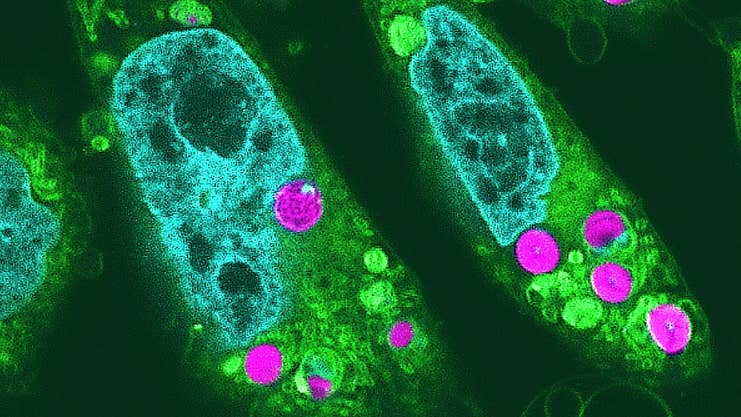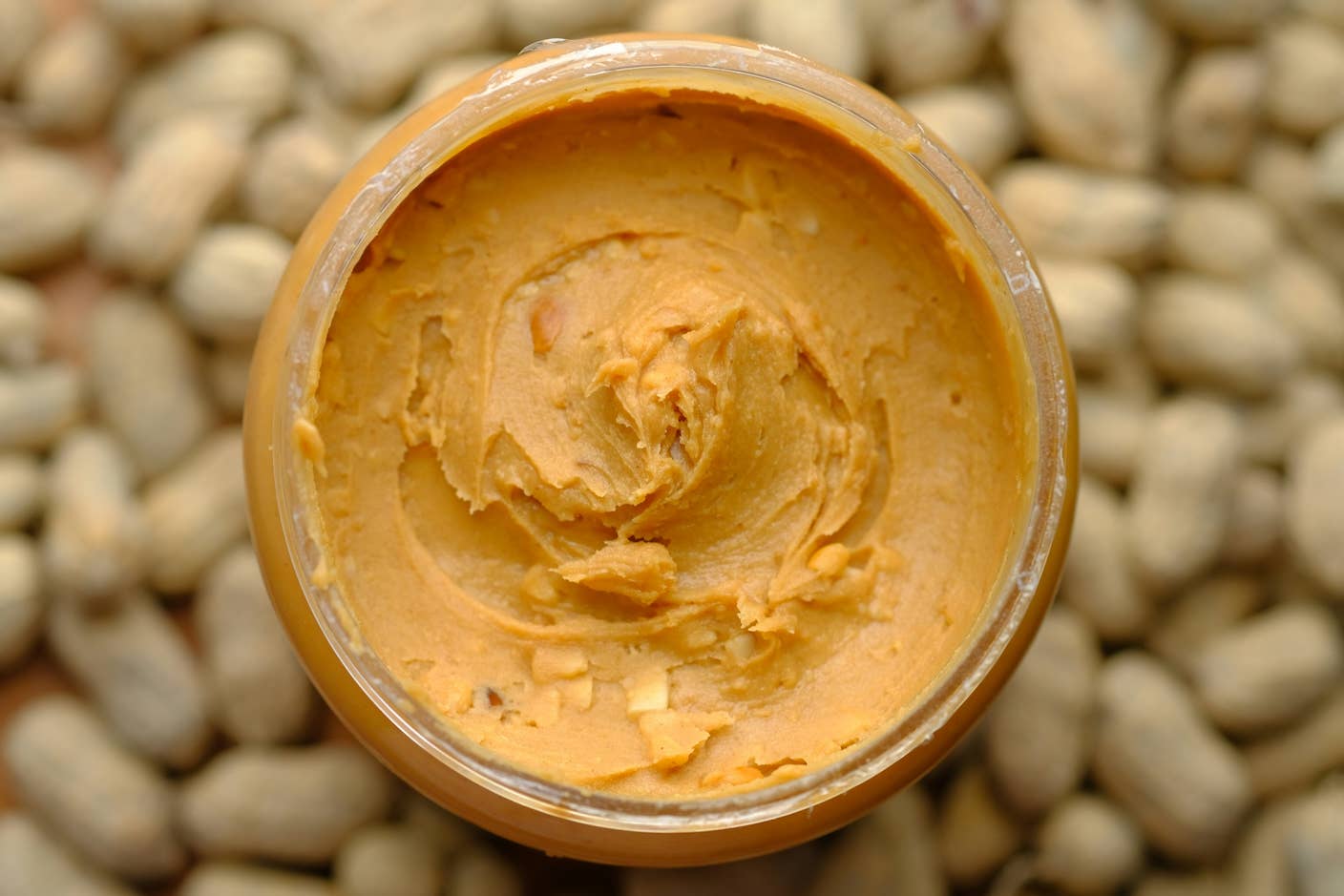Solar-Powered ‘Planimal’ Cells? Chloroplasts in Hamster Cells Make Food From Light

Share
The ability of plants to convert sunlight into food is an enviable superpower. Now, researchers have shown they can get animal cells to do the same thing.
Photosynthesis in plants and algae is performed by tiny organelles known as chloroplasts, which convert sunlight into oxygen and chemical energy. While the origins of these structures are hazy, scientists believe they may have been photosynthetic bacteria absorbed by primordial cells.
Our ancestors weren’t so lucky, but now researchers from the University of Tokyo have managed to rewrite evolutionary history. In a recent paper, the team reported they had successfully implanted chloroplasts into hamster cells where they generated energy for at least two days via the photosynthetic electron transport process.
“As far as we know, this is the first reported detection of photosynthetic electron transport in chloroplasts implanted in animal cells,” professor Sachihiro Matsunaga said in a press release.
“We thought that the chloroplasts would be digested by the animal cells within hours after being introduced. However, what we found was that they continued to function for up to two days, and that the electron transport of photosynthetic activity occurred.”
Some animals have already managed to gain the benefits of photosynthesis—notably giant clams, which host algae in a symbiotic relationship. And it’s not the first time people have tried adding photosynthetic abilities into different kinds of cells. Previous studies had managed to make a kind of chimera between photosynthetic cyanobacteria and yeast cells.
But transplanting chloroplasts into animal cells is a bigger challenge. One of the major hurdles the researchers faced is that most algal chloroplasts become inactive below 37 degrees Celsius (98.6 degree Fahrenheit), but animal cells need to be cultured at these lower temperatures.
This prompted them to pick chloroplasts from a type of algae called Cyanidioschyzon merolae, which lives in highly acidic and volcanic hot springs. While it prefers temperatures about 42 degrees Celsius (107.6 degrees Fahrenheit), it remains active at much lower temperatures.
After isolating the algae's chloroplasts and injecting them into hamster cells, the researchers cultured them for several days. During that time, they checked for photosynthetic activity using light pulses and imaged the cells to determine the location and structure of the choloroplasts.
They discovered the organelles were still producing energy after two days. They even found the so-called “planimal” cells were growing faster than regular hamster cells, suggesting the chloroplasts were providing a carbon source that acted as fuel for the host cells.
Be Part of the Future
Sign up to receive top stories about groundbreaking technologies and visionary thinkers from SingularityHub.


They also found many of the chloroplasts had migrated to surround the cells’ nuclei, and organelles known as mitochondria that convert carbohydrates into energy the cell can use had also gathered around the chloroplasts. The team suggests there could be some kind of chemical exchange between these sub-cellular structures, though they’ll need future studies to confirm this.
After two days, however, the chloroplasts started degrading, and by the fourth day, photosynthesis seemed to have stopped. This is probably due to the animal cells digesting the unfamiliar organelles, but the researchers say genetic tweaks to the animal cells could potentially side-step digestion.
While the research might conjure sci-fi visions of humans with green skin surviving on sunlight alone, the team says the most likely applications are in tissue engineering. Lab-grown tissue typically consists of several layers of cells, and it can be hard to get oxygen deep into the tissue.
“By mixing in chloroplast-implanted cells, oxygen could be supplied to the cells through photosynthesis, by light irradiation, thereby improving the conditions inside the tissue to enable growth,” said Matsunaga.
Nonetheless, the research is a breakthrough that rewrites many of our assumptions about life’s possible forms. And while it might be a distant prospect, it opens the tantalizing possibility of one day giving animals the solar-powered capabilities of plants.
Image Credit: R. Aoki, Y. Inui, Y. Okabe et al. 2024/ Proceedings of the Japan Academy, Series B
Related Articles

New Gene Drive Stops the Spread of Malaria—Without Killing Any Mosquitoes

New Immune Treatment May Suppress HIV—No Daily Pills Required

Scientists Just Developed a Lasting Vaccine to Prevent Deadly Allergic Reactions
What we’re reading
